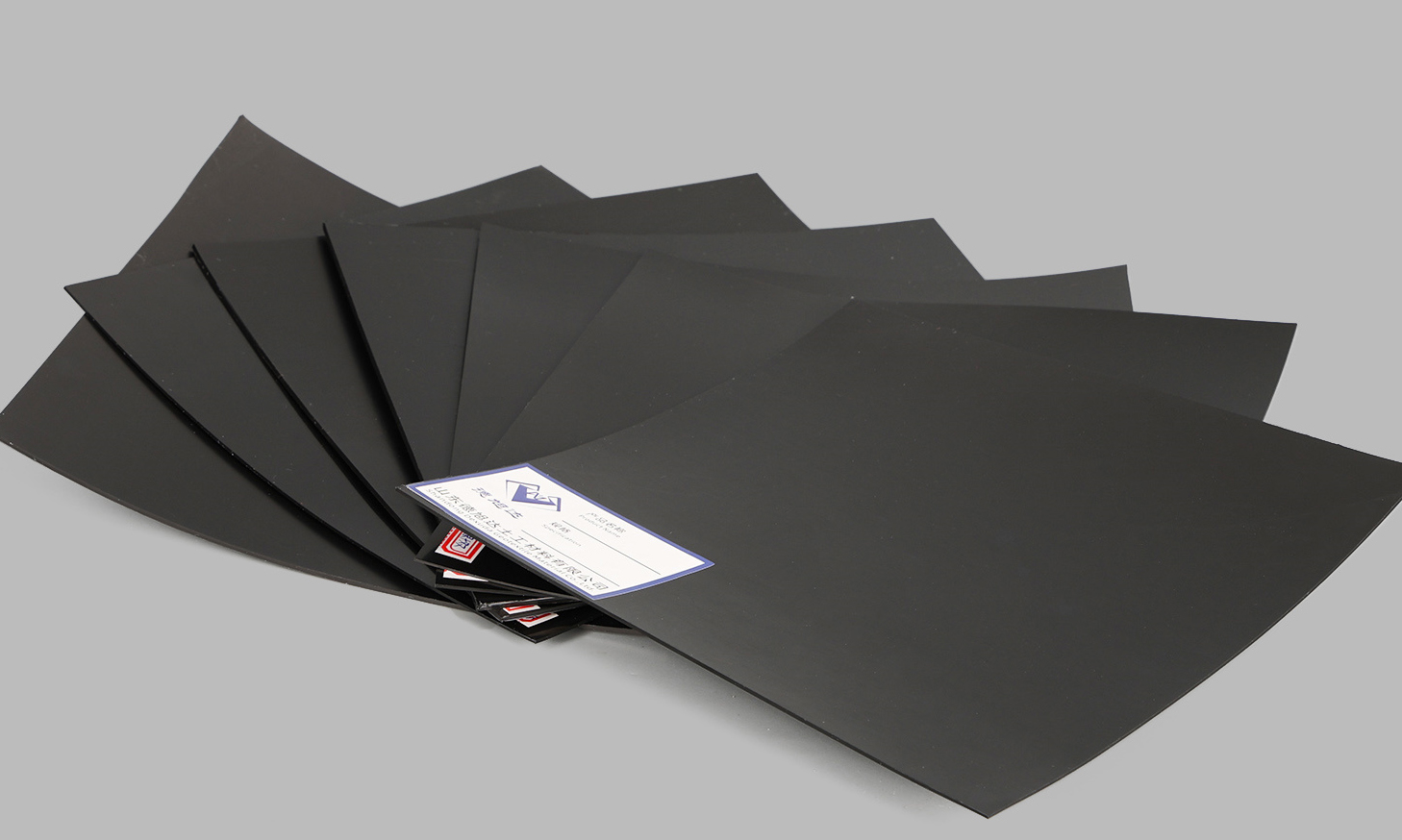
17 Jun Geomembrane uses in the mining industry
GGeomembranes are vital in the mining industry due to their exceptional impermeability, chemical resistance, and durability.
Application scenarios of geomembrane in mining
1. Heap Leach Pads
Function: Heap leaching is a process used to extract precious metals like gold, silver, and copper from ores. Ore is stacked on geomembrane-lined pads, and a leaching solution is sprayed over the heap. The solution percolates through the ore, dissolving the target metals, which are then collected at the base.
Benefits:
- Environmental Protection: Prevents toxic leachate from contaminating soil and groundwater.
- Operational Efficiency: Improves metal recovery rates by ensuring the leachate is effectively contained and recycled.
Materials Used: High-Density Polyethylene (HDPE) is commonly used due to its chemical resistance and durability.
2. Tailings Storage Facilities (TSFs)
Function: Tailings, the waste byproducts of mining processes, are stored in large tailings dams. Geomembranes line these storage facilities to prevent hazardous materials from seeping into the environment.
Benefits:
- Environmental Safety: Reduces the risk of catastrophic dam failures by ensuring tailings are contained.
- Regulatory Compliance: Helps mining operations meet environmental regulations by preventing soil and water contamination.
Materials Used: HDPE and Polypropylene (PP) are popular choices for their strength and chemical resistance.
3. Mine Water Management
Function: Geomembranes are used to line ponds and reservoirs that store process water, stormwater, and contaminated water from mining operations.
Benefits:
- Water Conservation: Prevents water loss through seepage, crucial in arid regions.
- Contamination Prevention: Ensures contaminated water does not infiltrate groundwater systems.
Materials Used: Flexible Polyethylene (FPE) and reinforced geomembranes are often used for their flexibility and robustness.
4. Secondary Containment Systems
Function: Secondary containment systems are designed to capture spills and leaks from primary containment structures such as tanks and pipes.
Benefits:
- Spill Control: Provides an additional layer of protection against accidental spills.
- Regulatory Compliance: Helps meet environmental regulations requiring secondary containment measures.
Materials Used: PVC and geomembranes with composite layers are used for their versatility and chemical resistance.
5. Closure and Remediation
Function: Geomembranes play a vital role in mine closure and remediation by capping closed mines and tailings storage facilities to prevent ongoing contamination.
Benefits:
- Long-Term Protection: Ensures contaminants do not escape into the environment post-closure.
- Restoration: Facilitates the reclamation of mined land for other uses by providing a stable, impermeable barrier.
Materials Used: Geomembranes combined with geotextiles are used to provide stability and durability.
Case Studies
Case Study 1: Escondida Mine, Chile
Application: Heap Leach Pads Details: The Escondida Mine, one of the largest copper mines in the world, uses HDPE geomembranes in its heap leach pads. This has significantly increased copper recovery rates while protecting the arid environment from chemical contamination.
Case Study 2: Grasberg Mine, Indonesia
Application: Tailings Storage Facilities Details: At the Grasberg Mine, geomembranes are used extensively to line tailings dams. This prevents the acidic tailings from leaching into the local river systems, preserving the surrounding rainforest ecosystem.
Uture Trends in Geomembranes for Mining
- Enhanced Materials: Development of geomembranes with improved resistance to extreme temperatures and aggressive chemicals.
- Integrated Systems: Combining geomembranes with other geosynthetic materials for multifunctional solutions (e.g., geosynthetic clay liners).
- Smart Geomembranes: Incorporation of sensors and monitoring systems to detect leaks and monitor the integrity of the geomembrane in real-time.
Conclusion
Geomembranes are indispensable in the mining industry, providing crucial environmental protection and operational efficiency. Their use in heap leach pads, tailings storage facilities, mine water management, secondary containment, and mine closure ensures that mining activities are conducted sustainably and responsibly. As technology advances, the role of geomembranes will likely expand, further enhancing their importance in the mining sector.


Sorry, the comment form is closed at this time.